The new Audi TT has made its world debut at the Geneva motor show. The third-generation model sports an evolved style, and is both lighter and more powerful than the outgoing model.
Pictured here officially for the first time, the new TT will go on sale in the UK this autumn. For its third incarnation, the TT has been given an all-new exterior design that looks sleeker while retaining similar proportions and dimensions to its predecessor as well as a comparable silhouette. The design combines more precise detailing up front, crisper feature lines within the body, a boldly curved roof and significantly altered rear end.
Described as being new from the ground up, the latest TT also receives a sophisticated and larger 2+2 interior that features a contemporary digital instrument panel and clean-looking dashboard similar in appearance to that found in the Audi A3.
On the technical front, there is a range of more powerful four-cylinder engines, a fifth-generation Haldex four-wheel drive system and — in a move that Audi technical boss Ulrich Hackenberg has suggested makes the TT more fun to drive than ever before — a new aluminium-intensive chassis featuring variable damping control and a variable-ratio electromechanical power steering system.
Central among the stylistic changes brought to the new coupé is the adoption of a more aggressive-looking front end. This features an angular six-corner grille, new trapezoidal-shaped headlights with more prominent LED internal graphics, a more heavily contoured clamshell-style bonnet and added structure to the lower section of the front bumper. In a move that brings the TT into line with the range-topping Audi R8, the four-ring Audi emblem has been moved from its usual place within the grille to the bonnet’s leading edge.
Further back, the new TT retains the prominent wheelarch flares of its predecessors but gains larger wheel housings capable of accepting larger-diameter wheels. A defined shoulder line, referred to by Audi as the Tornado line, runs the entire length of the flanks, from the trailing edge of the headlights through to the tail-lights.
The glasshouse is similar in shape to that of the old TT, but the rear side windows have been altered to further emphasise the rear pillars.
Holding true to the three-door layout of earlier models, the new TT continues to feature a liftback-style tailgate. However, the shape of the rear end is now less rounded than before, with a defined lip to the end of the body, an automatic spoiler that deploys at speeds above 75mph and more angular tail-lights.
Unusually, given increasingly stringent safety regulations, the new TT is reduced in size, albeit only marginally. At 4180mm in length and 1832mm in width, Audi’s new coupé is 20mm shorter and 8mm narrower than its predecessor. However, its 1353mm height is the same as before.
Underpinning the new TT is a bespoke version of the Volkswagen Group’s MQB platform. The TT’s wheelbase is 37mm longer than previously, at 2505mm. This gives the new model added interior space and provides the basis for a 13-litre increase in nominal luggage capacity, at 305 litres.
As with the second-generation model, the new TT relies on hybrid construction to shed weight. The floorpan uses a combination of hot-formed high-strength steel and cast aluminium to achieve what Audi describes as “optimal” front-to-rear weight distribution. Much of the body — including the bonnet, wings, roof, doors and tailgate — is constructed from aluminium.
The result is a 50kg saving in kerb weight for the entry-level front-wheel-drive TT, which weighs a claimed 1230kg.
Audi has confirmed a choice of three four-cylinder engines and two gearboxes for the new TT, all available from the outset of UK sales. Underpinning the petrol line-up is the Volkswagen Group’s widely used turbocharged 2.0-litre direct-injection unit, which develops more power and torque than in the old TT.
This engine uses Audi’s variable valve lift technology and a more advanced fuel injection system than lesser versions of the same unit. It delivers 227bhp and 273lb ft in the initial entry-level front-wheel-drive TT and 306bhp and 280lb ft in the four-wheel-drive quattro-equipped range-topping TTS version. The TTS model has a claimed 0-62mph time of just 4.7sec and a top speed limited to 155mph.
Also planned is a turbocharged 2.0-litre common-rail diesel engine with 181bhp and 280lb ft in the front-wheel-drive TT 2.0 TDI. This model is claimed to return a combined fuel consumption figure of 67.3mpg and average CO2 emissions of just 110g/km.
All three launch models come with a standard six-speed manual or optional six-speed S-tronic dual-clutch automatic gearbox. Both transmissions have automatic stop-start. The TT and TT 2.0 TDI receive front-wheel drive as standard but can be specified with the quattro four-wheel drive system that comes as standard on the TTS.

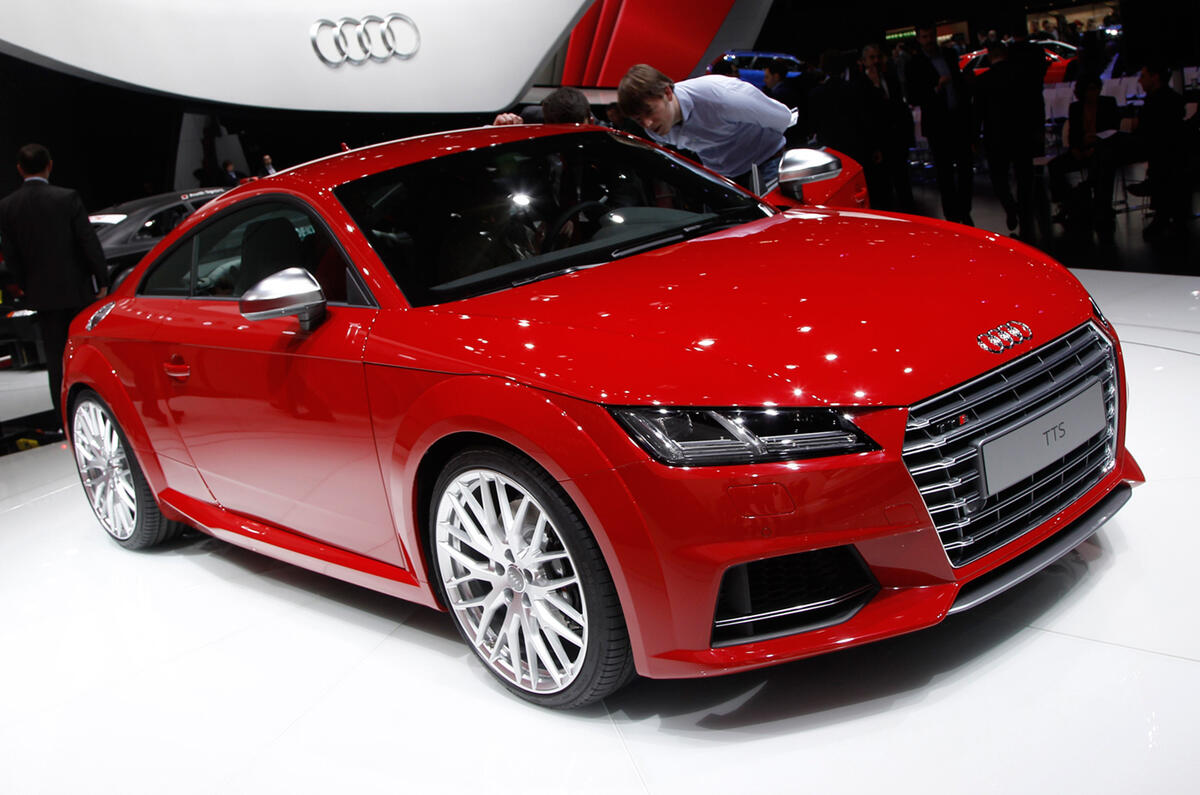
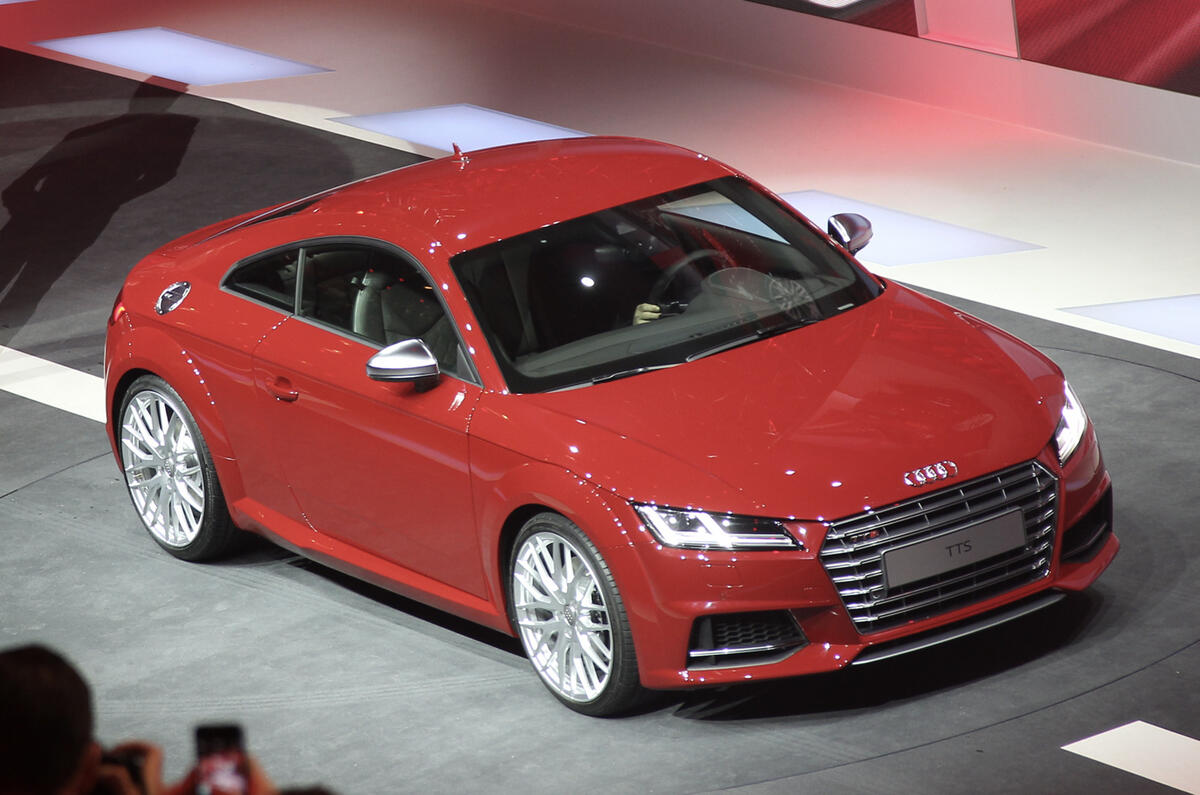
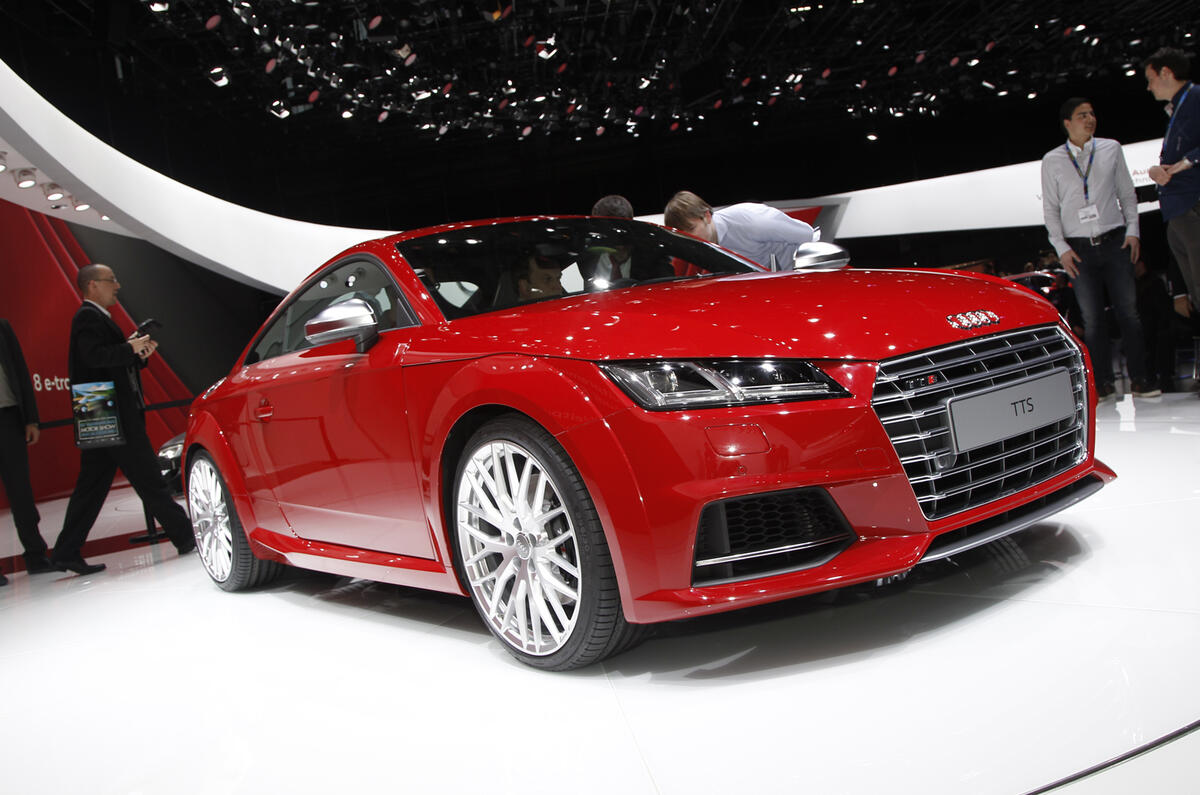

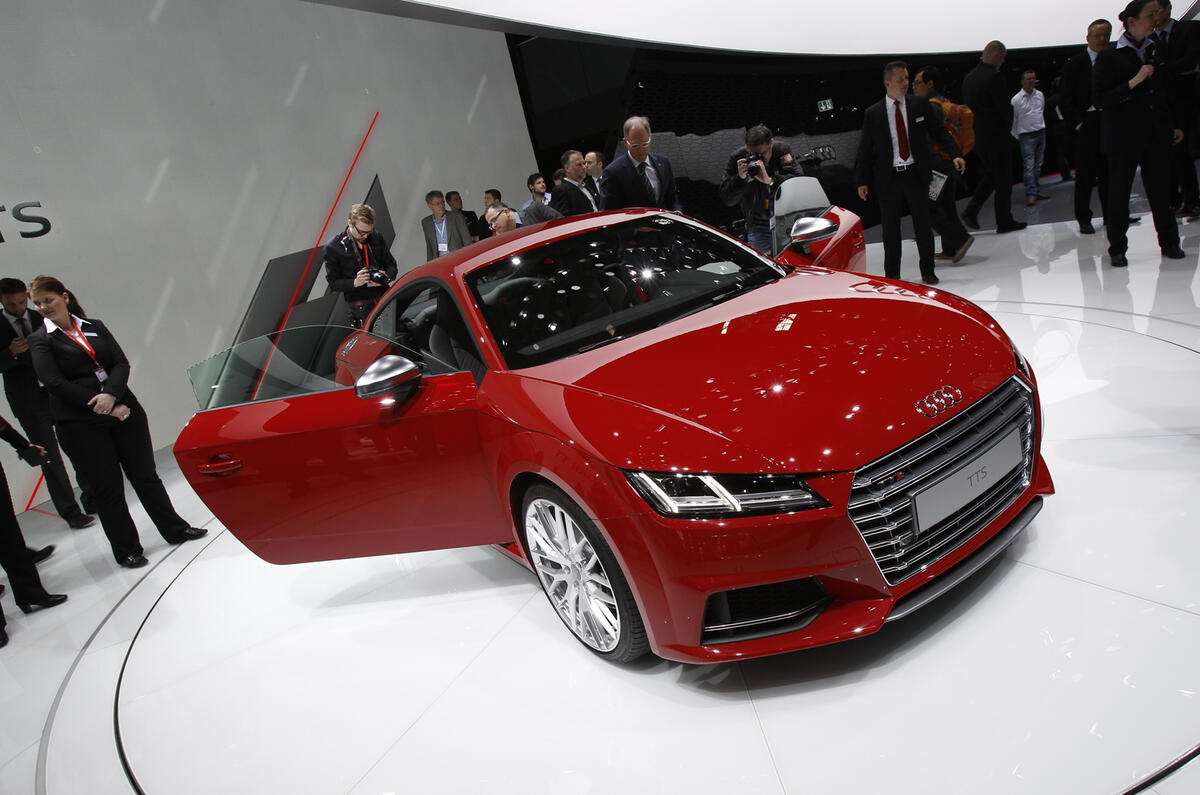
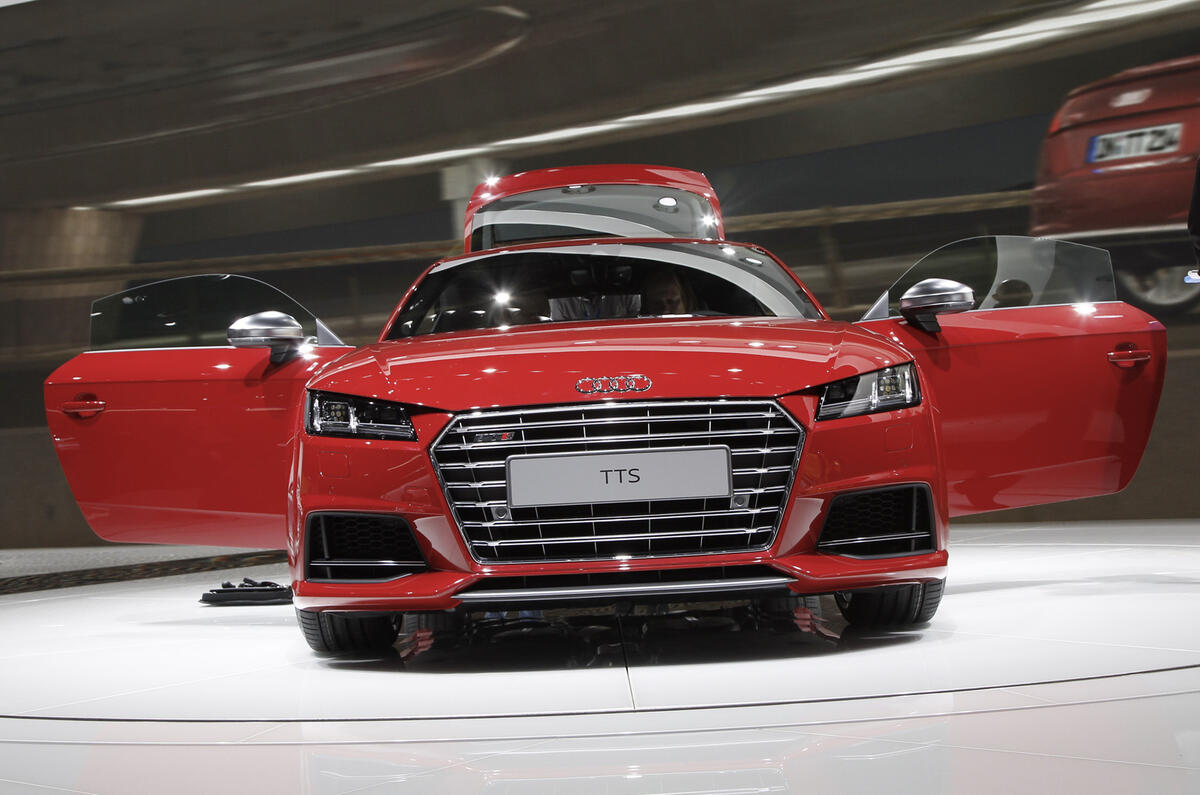
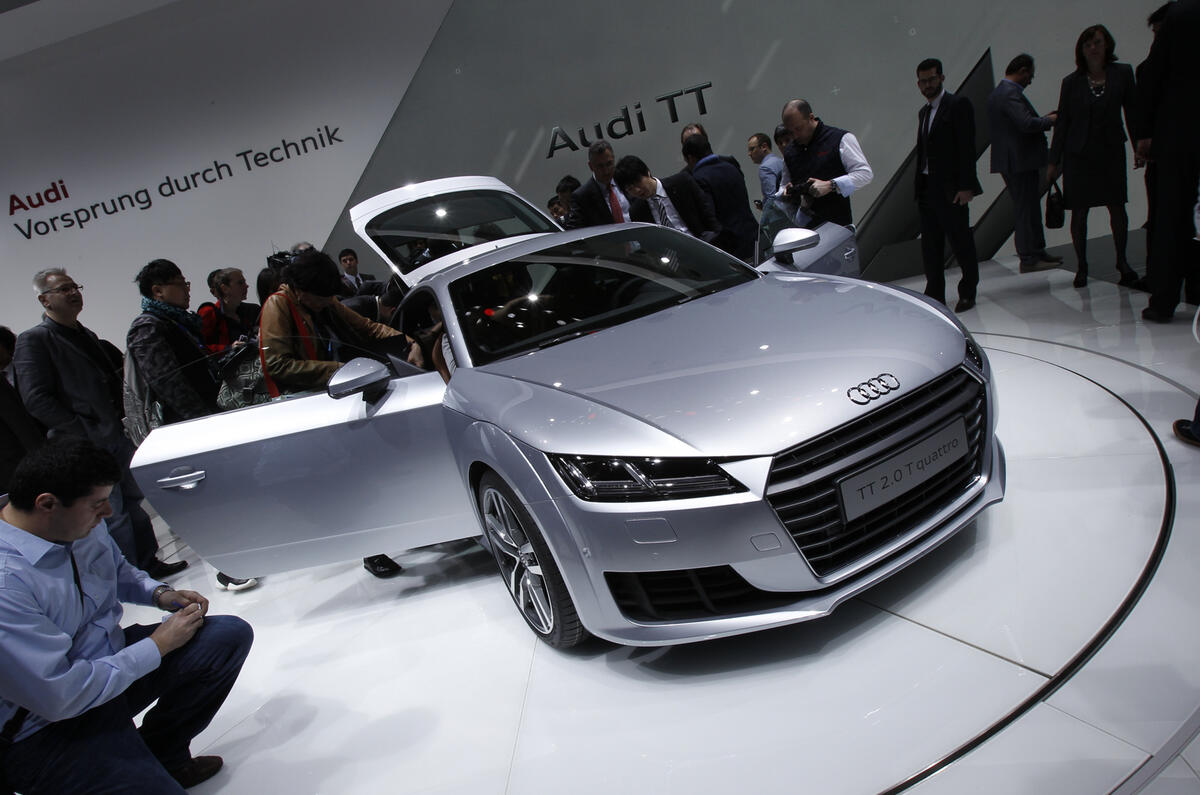
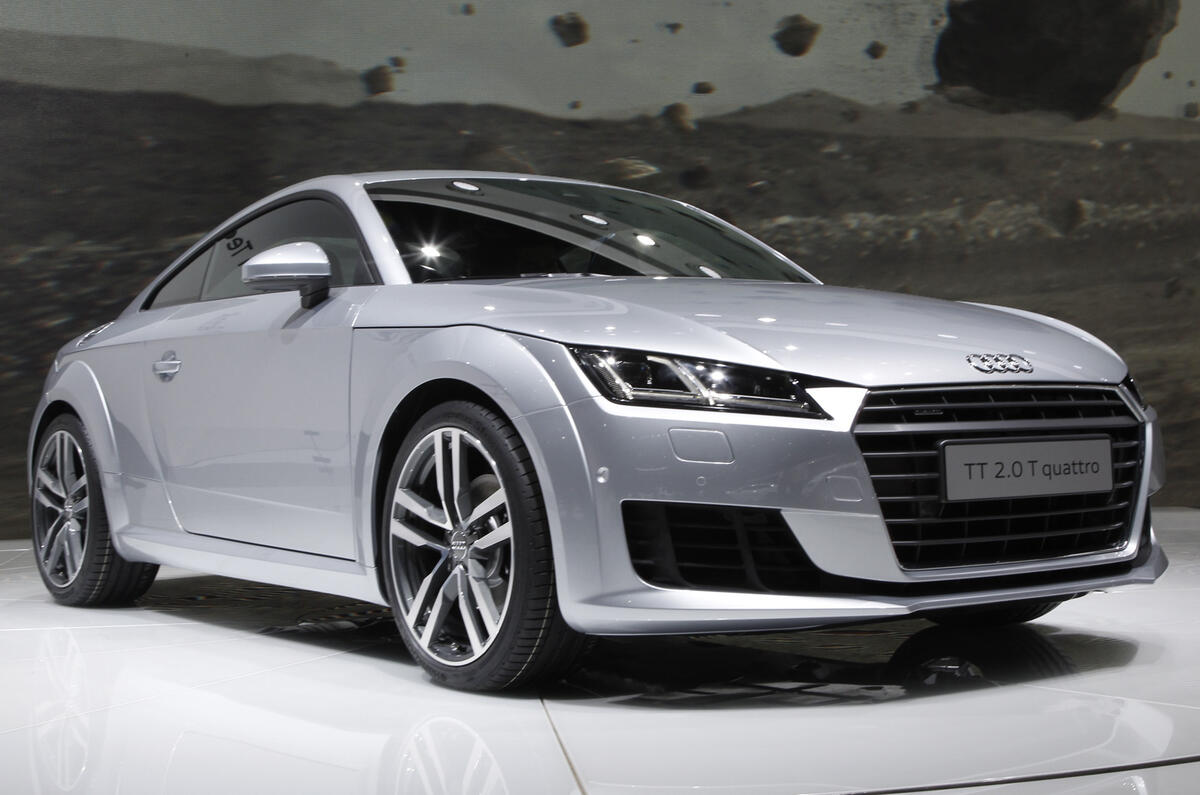
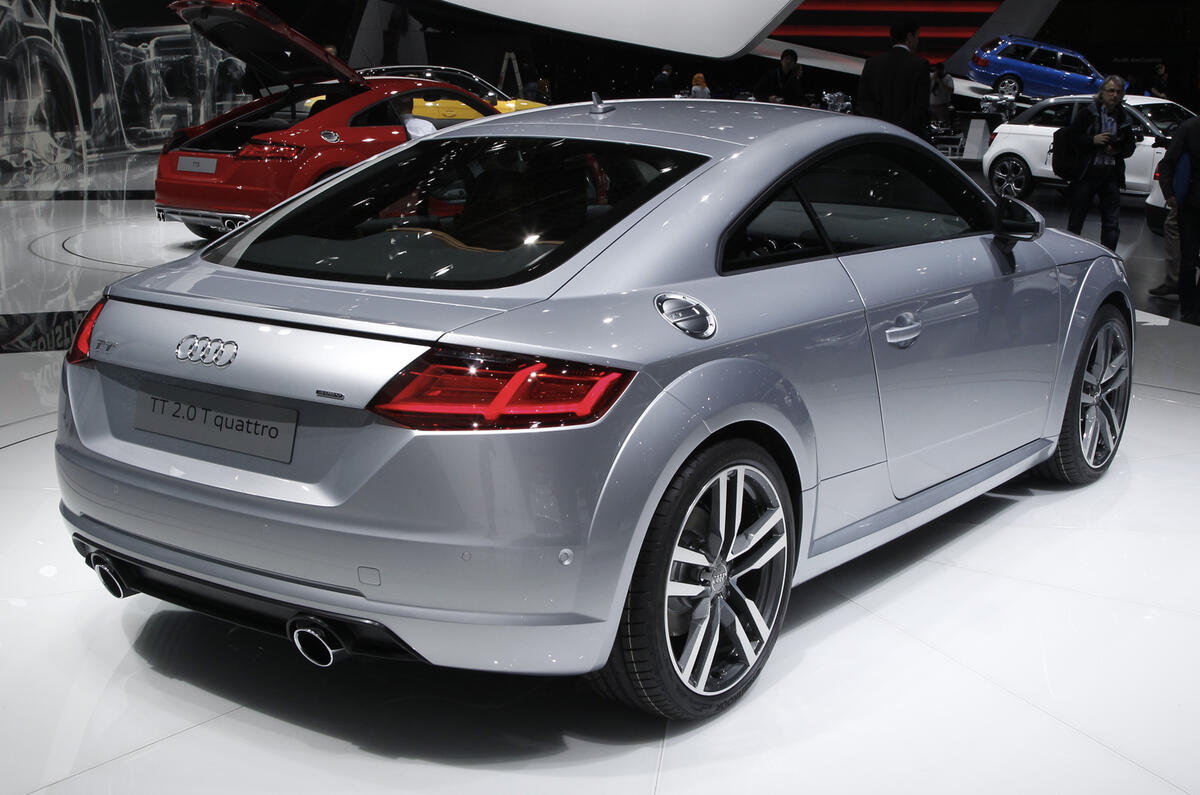
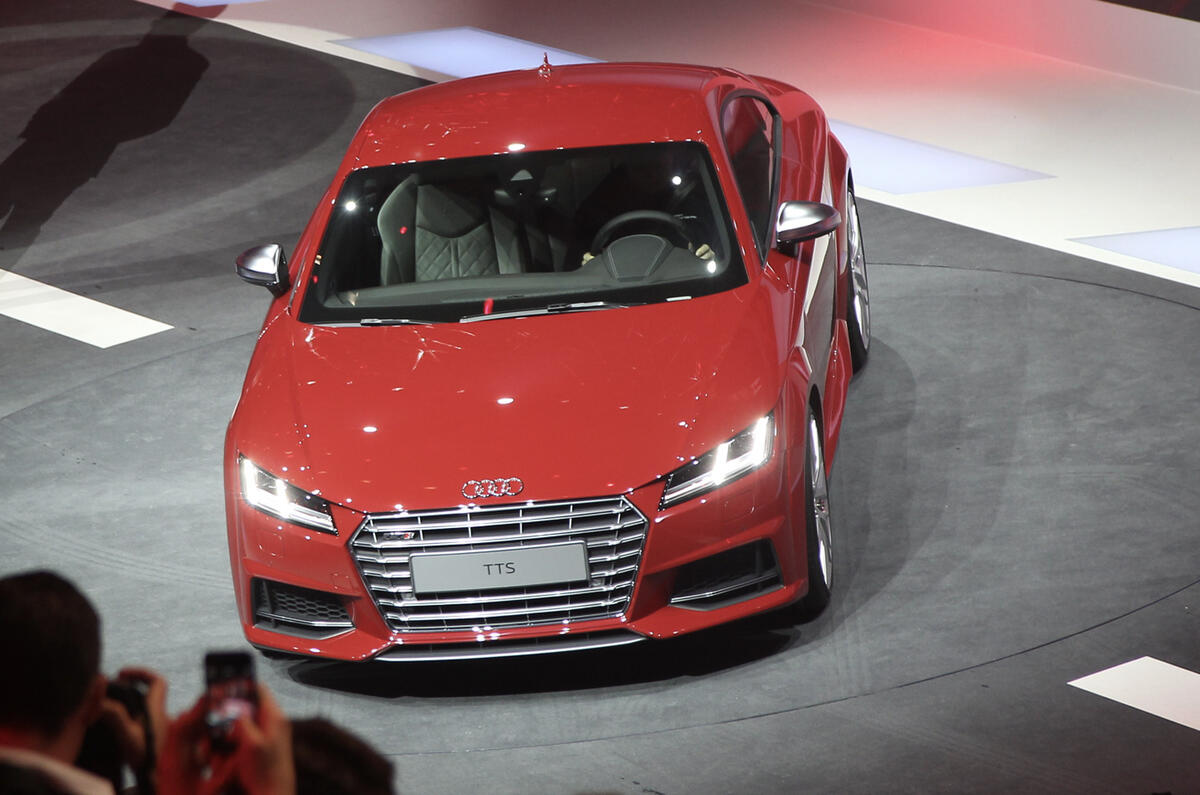
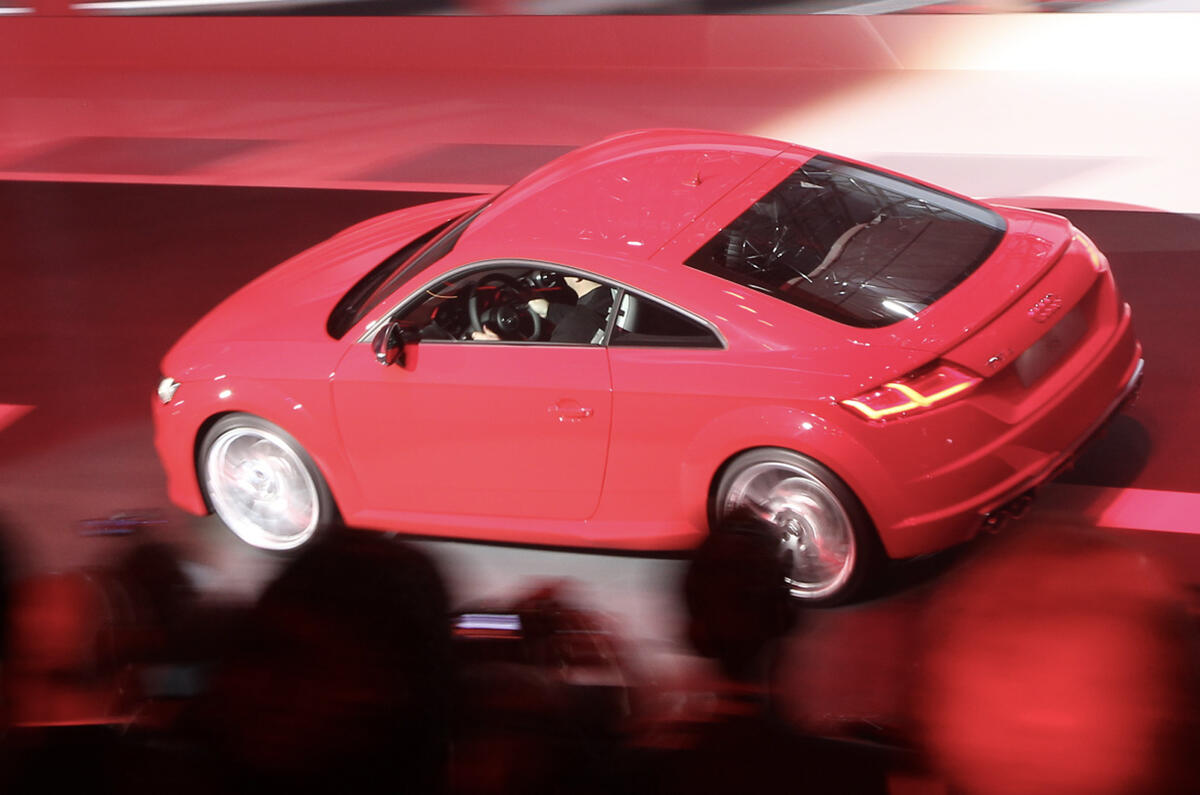
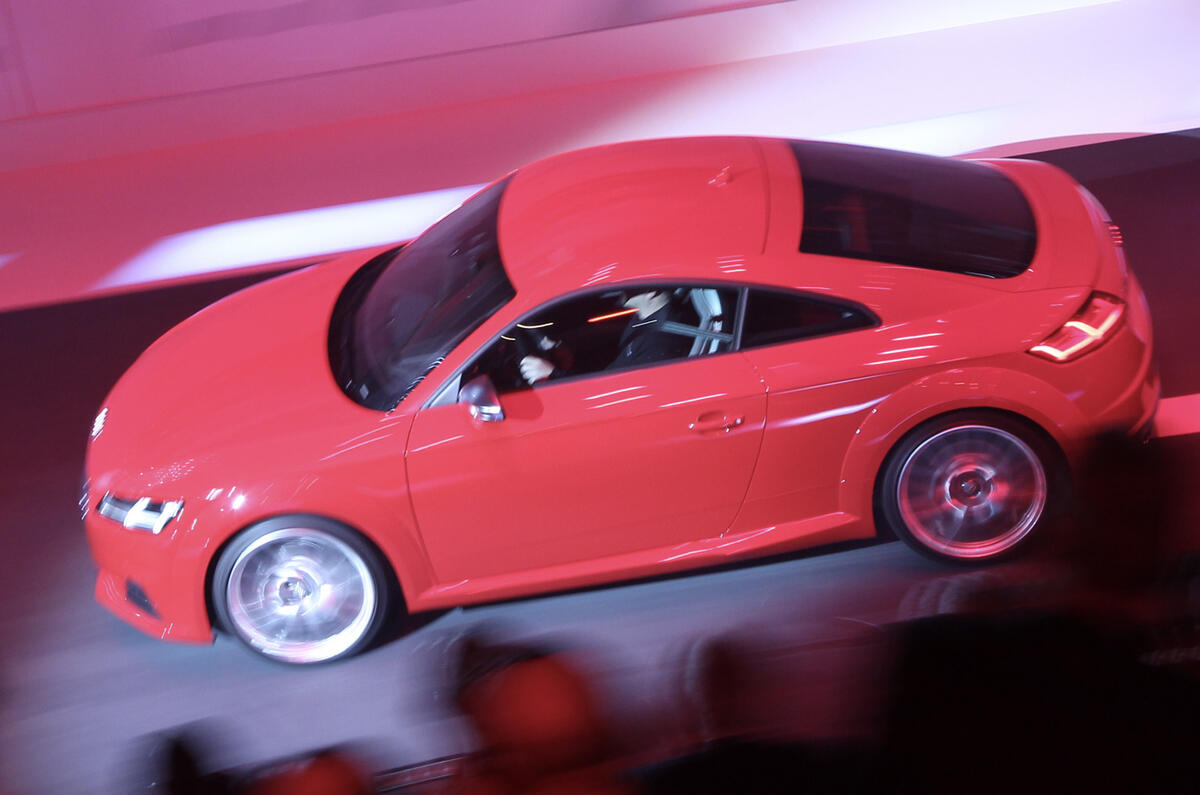
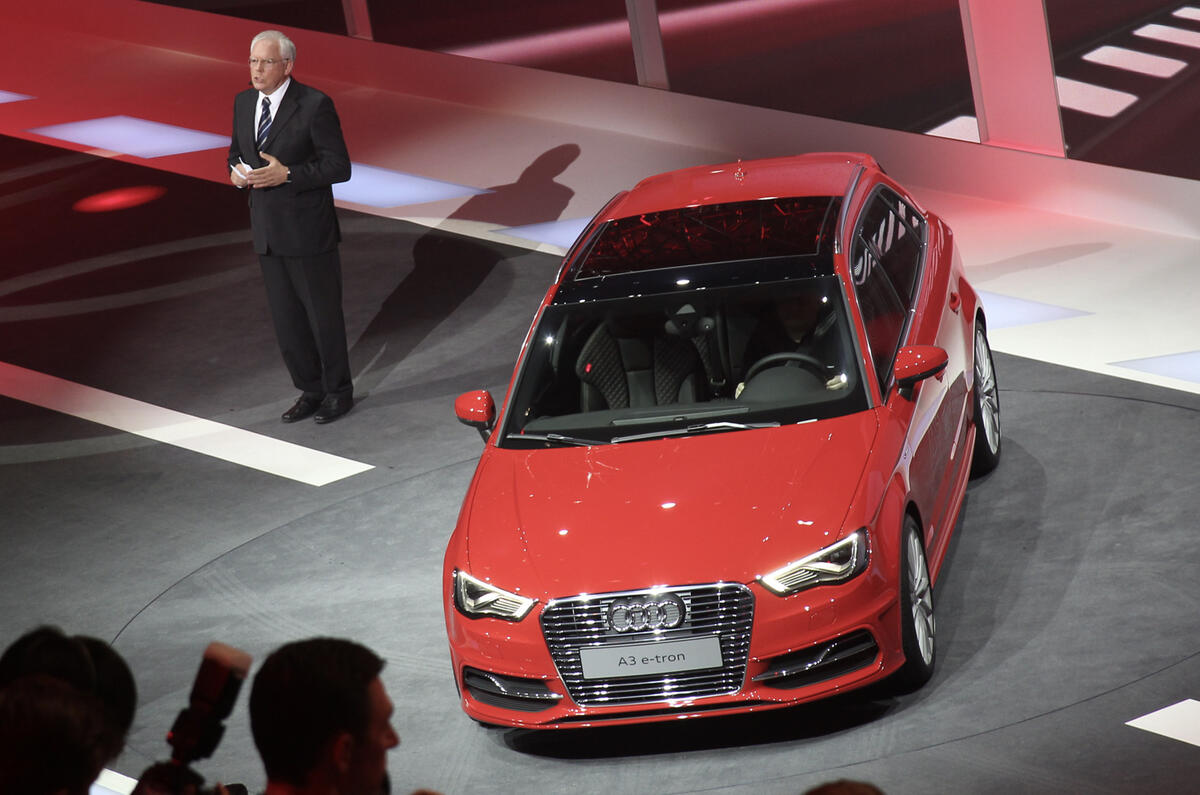
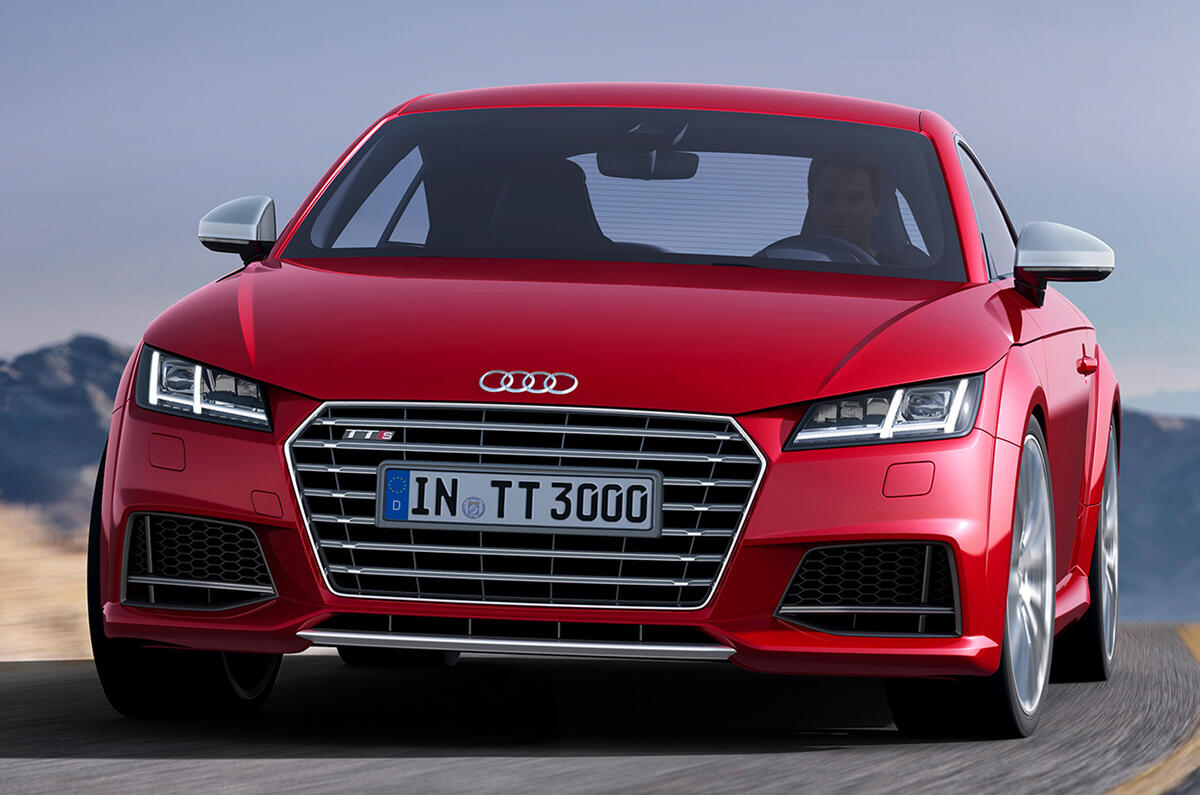
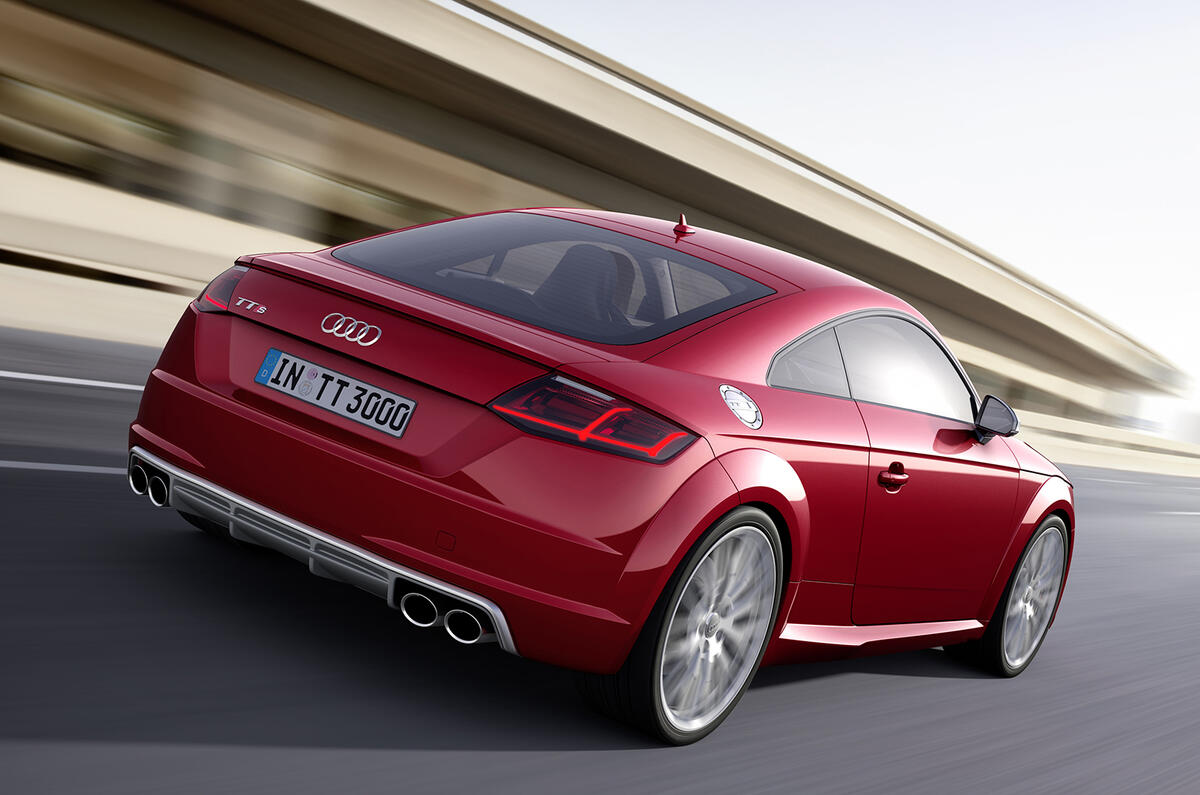
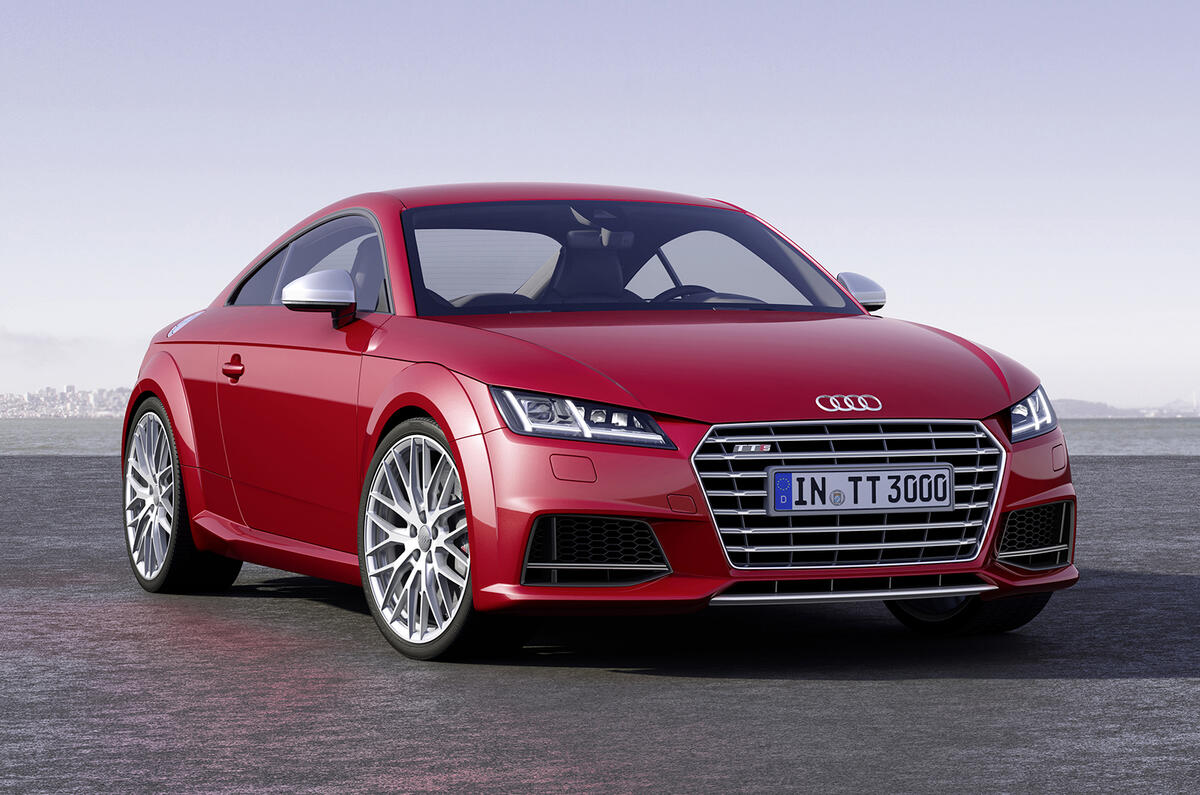
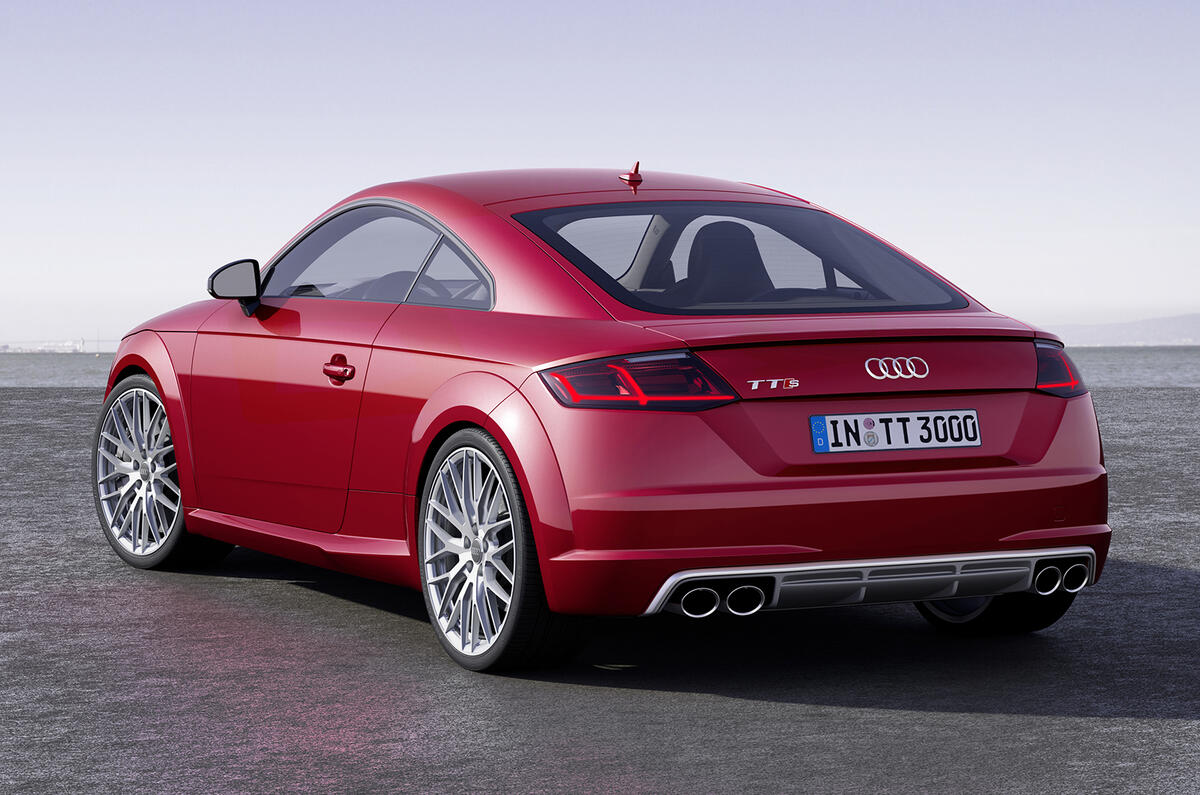
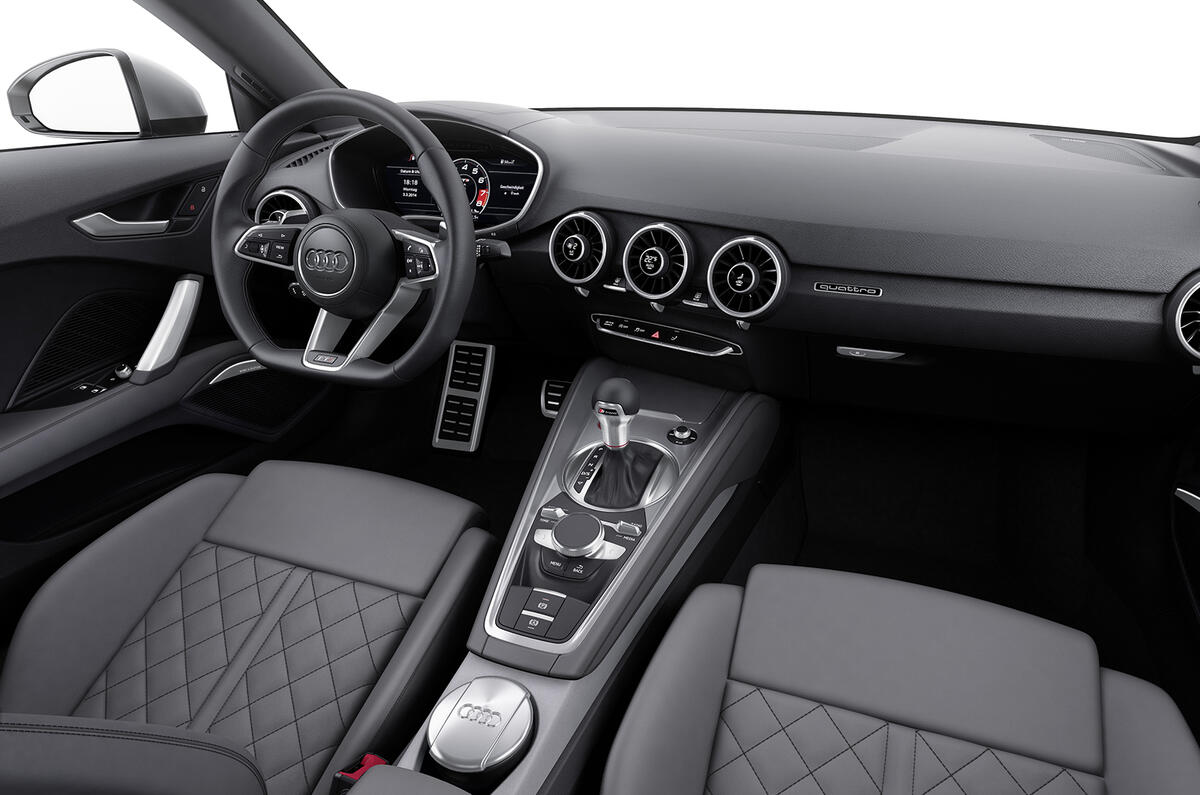
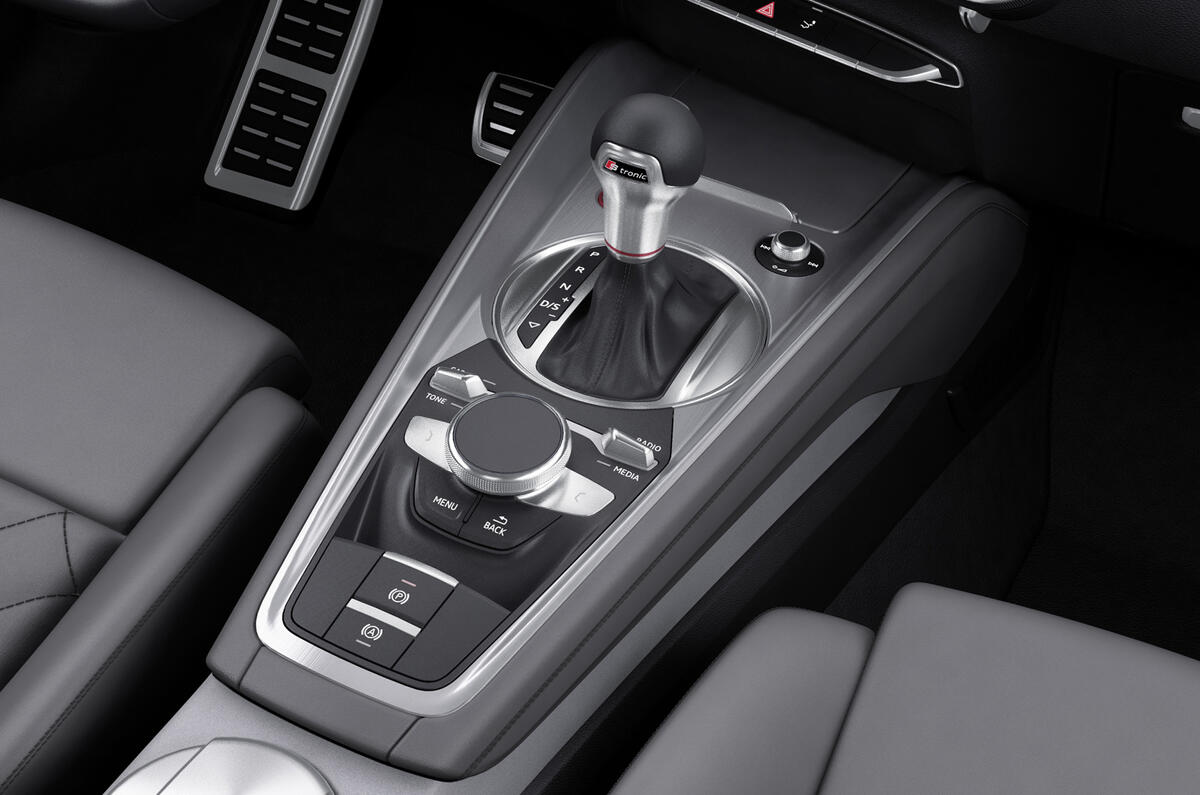
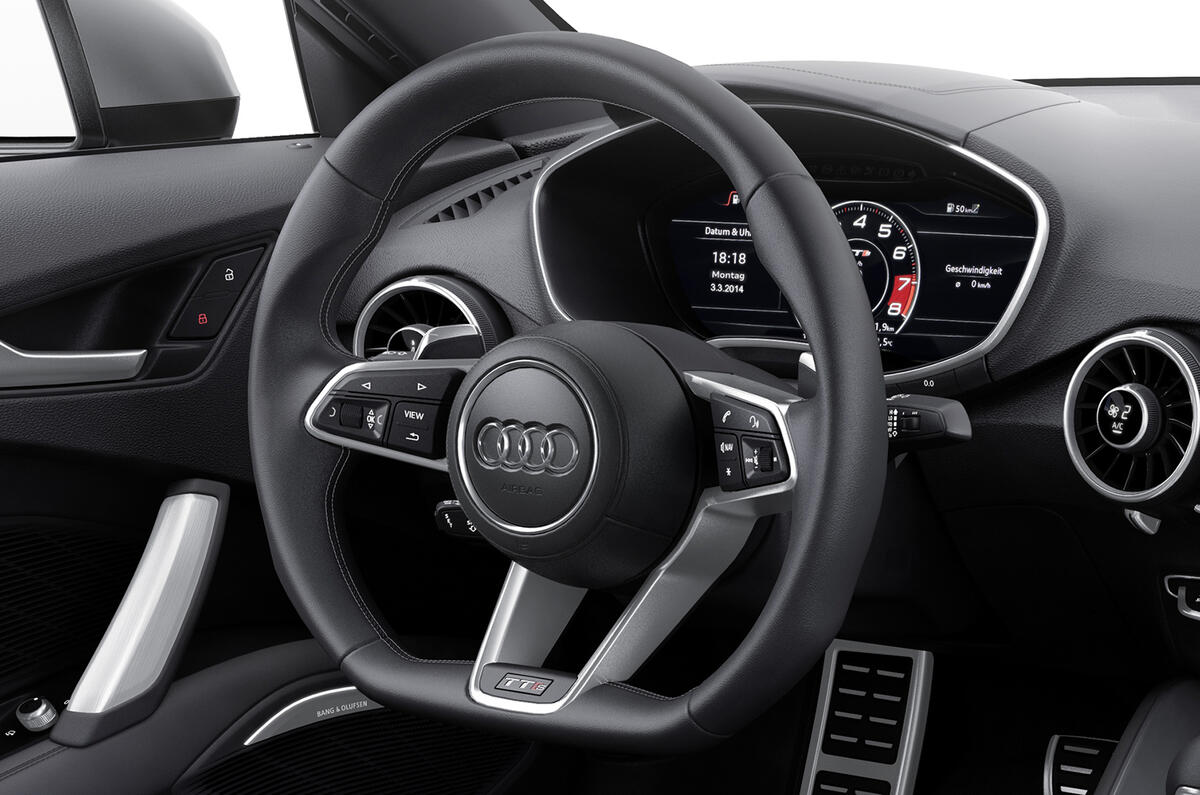
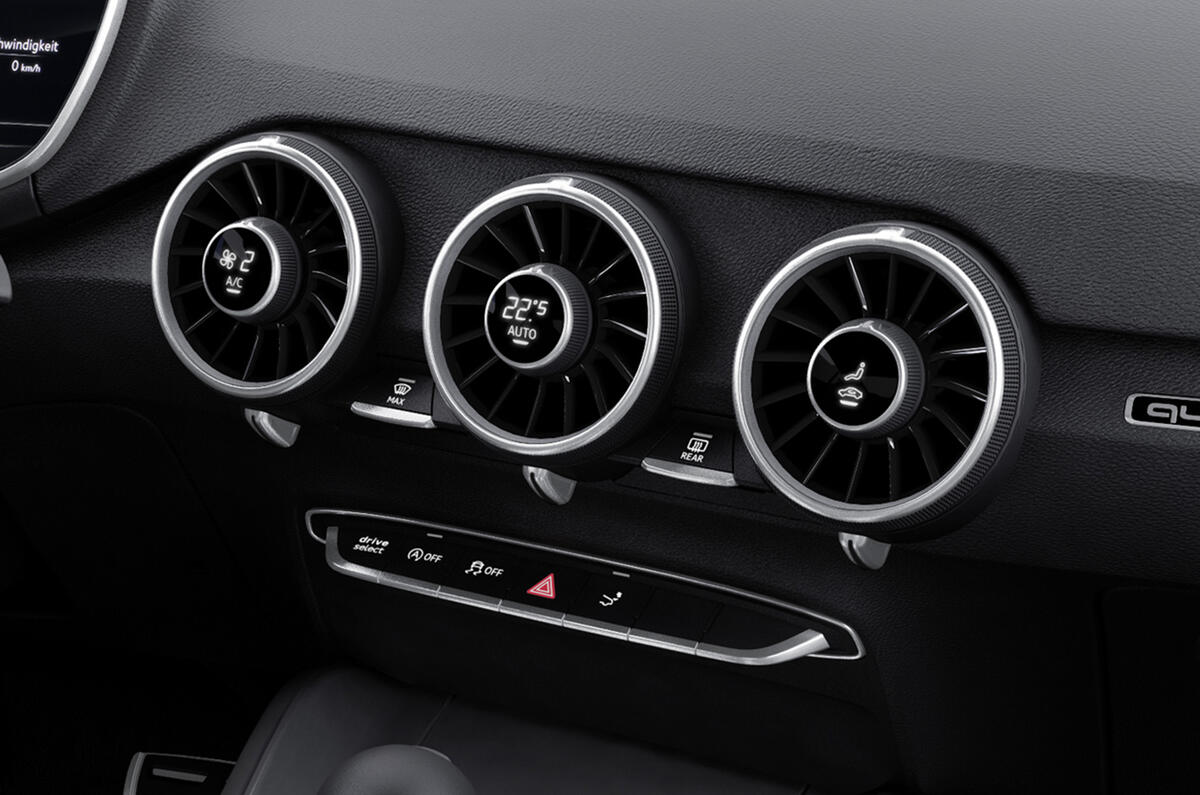
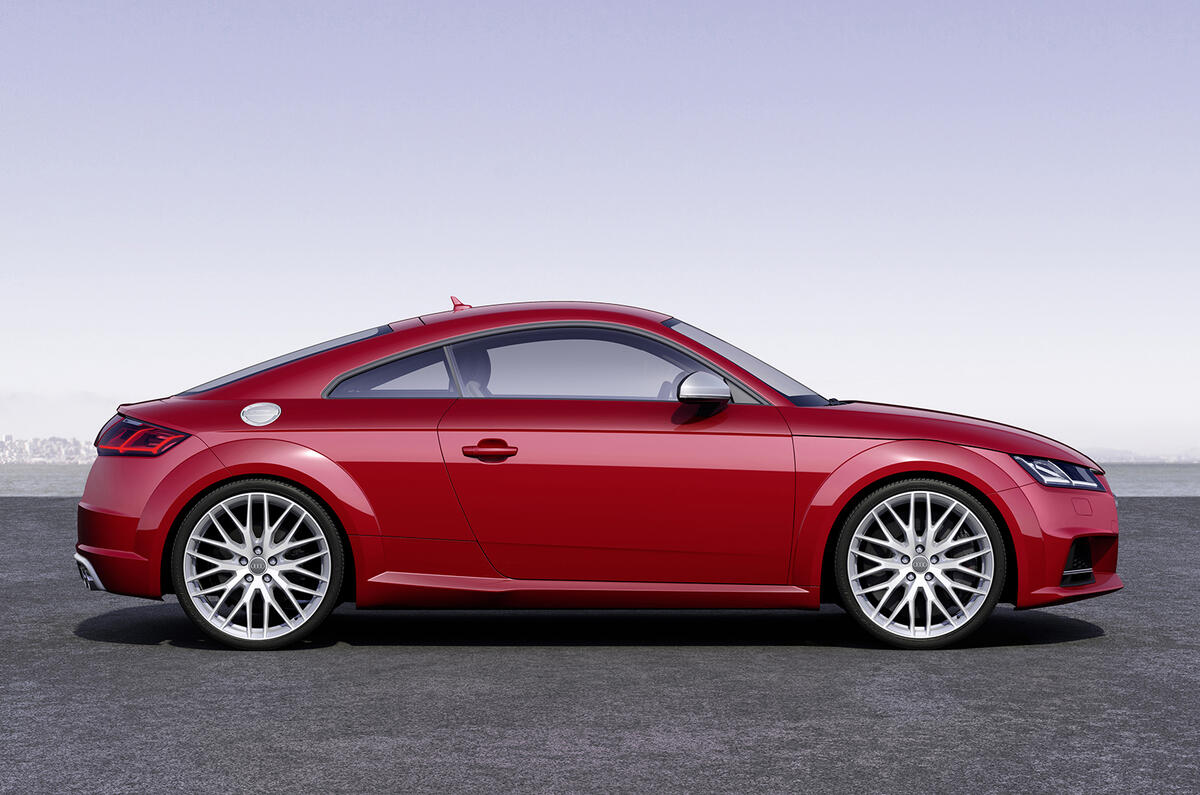
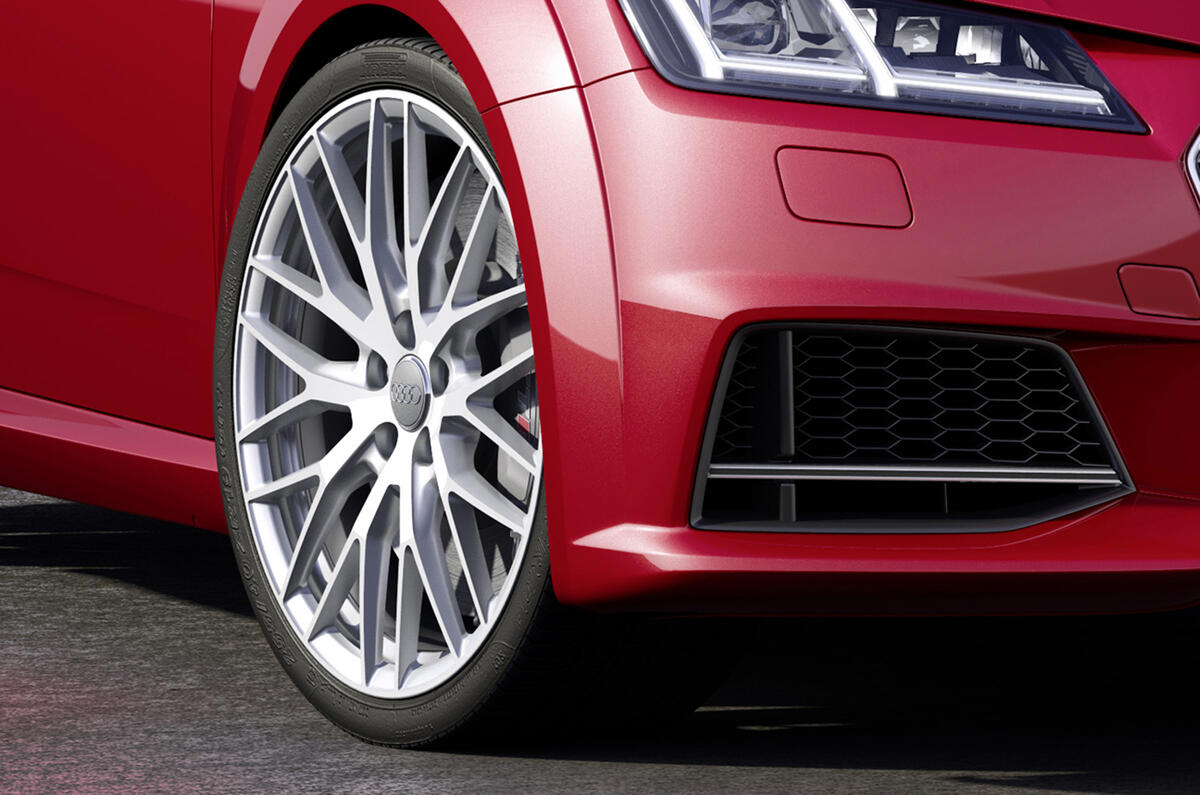
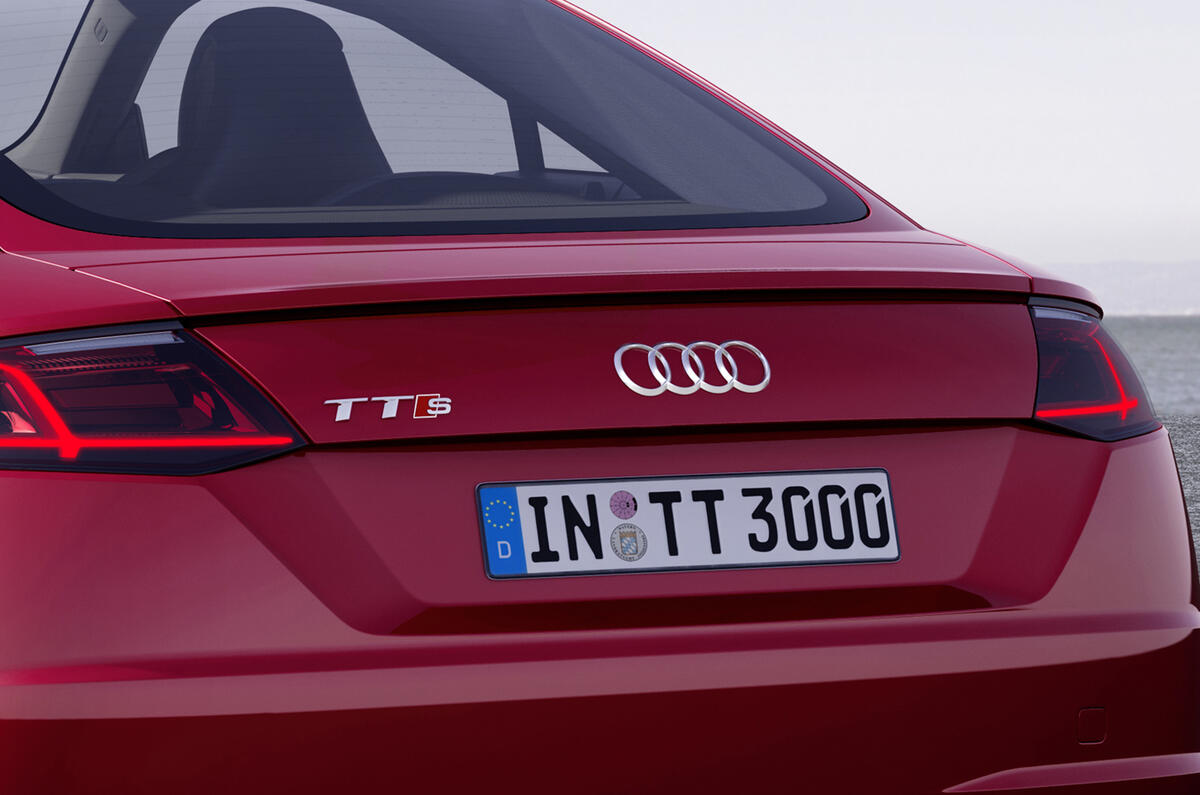
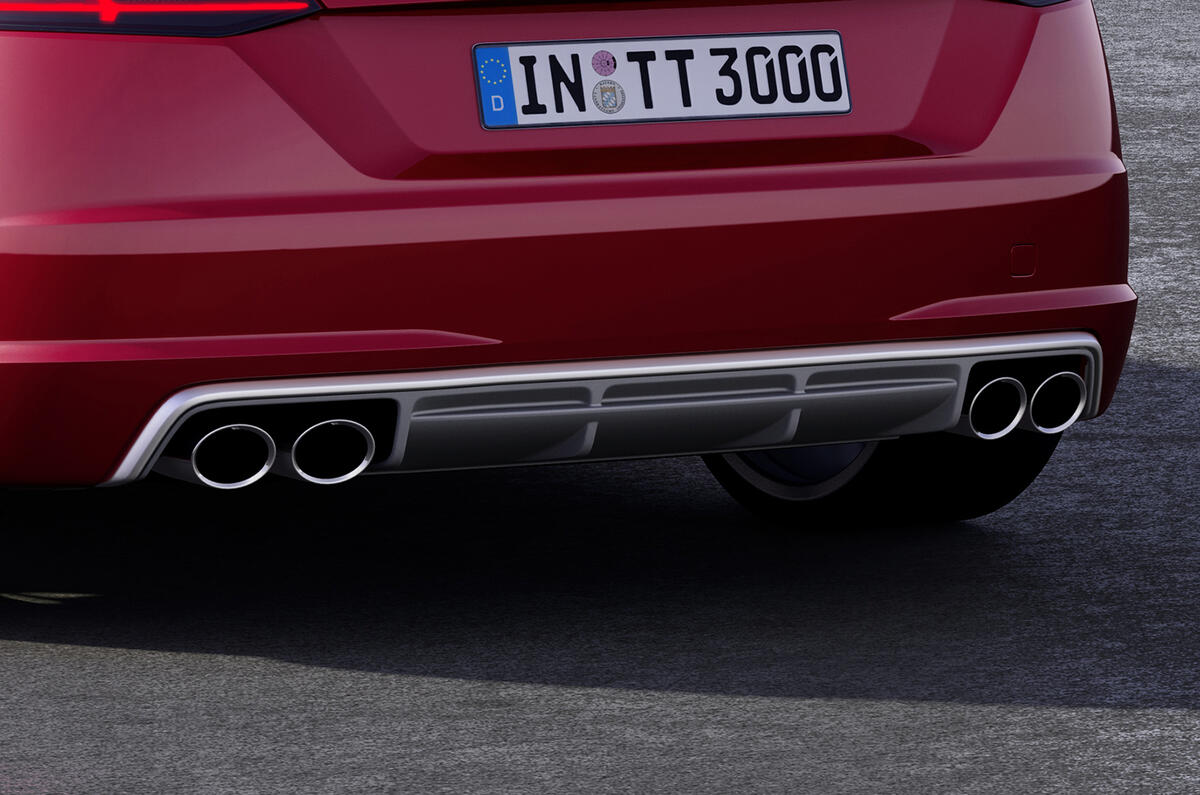
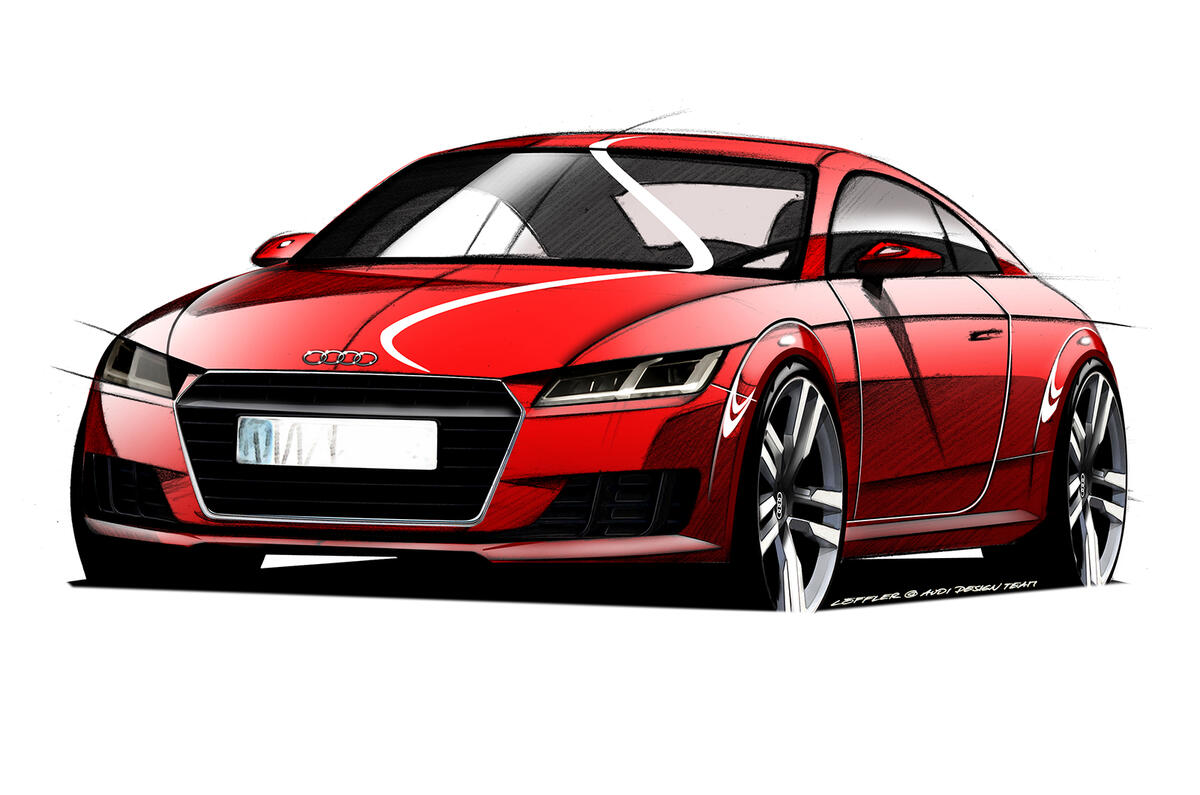


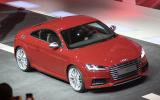
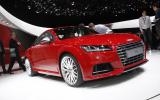
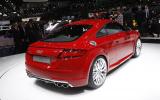

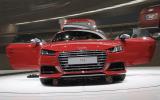


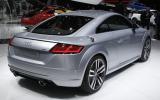




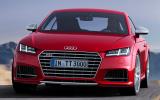

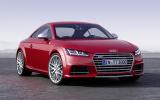


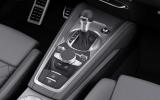



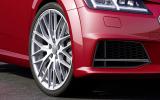
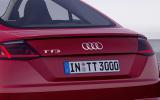
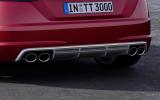
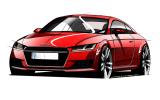
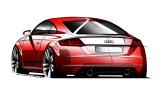


Join the debate
Add your comment
Yawn
Volkswagen Cookie Cuuter Design Shop
Suspension and breaking...